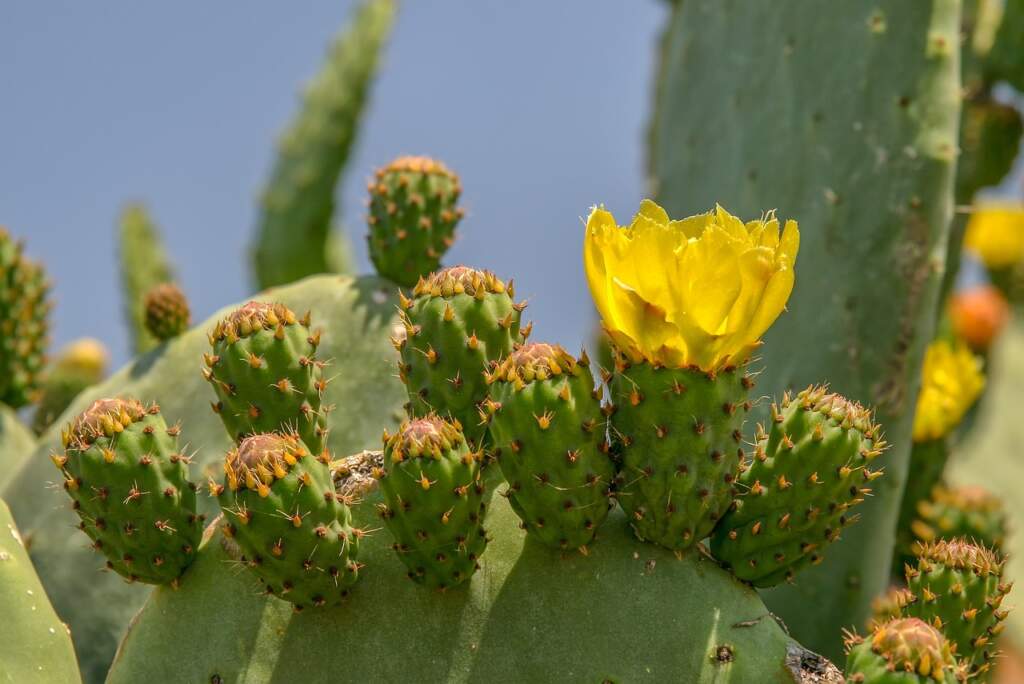
Plants have always held a central role in Central American cultures, dating back to pre-Columbian times. They have been intimately woven into the fabric of these societies, influencing various aspects including nutrition, medicine, spiritual practices, and art.
Traditional diets in Central America heavily feature local plants. Corn, beans, squash, avocados, tomatoes, and chilies, all native to the region, form the core of many traditional dishes. For instance, corn, considered a sacred plant by the Maya, is not just a staple food, but also features in Mayan creation myths.
Medicinal plants also play a significant role. Indigenous knowledge of local flora’s healing properties has been passed down through generations. Many plants like the Yerba Santa, used to treat respiratory ailments, and the Estafiate, used for digestive disorders, continue to be used in traditional medicine today.
Plants also hold spiritual significance in Central American cultures. The Mayans believed Ceiba trees connected the earthly and spiritual worlds. Similarly, Peyote and Ayahuasca, used in sacred rituals, are believed to enable communication with the spirit world.
In terms of art and craft, many Central American societies have utilized plant materials. Agave fibers were used to make textiles, while plant dyes were employed in pottery and painting. Even today, many traditional crafts use materials derived from local flora.
Plants in Central American cultures are not just passive elements in the landscape. They serve as vital connections to history, cultural identity, spiritual beliefs, and practical daily life. Recognizing this underscores the importance of preserving this region’s rich biodiversity and indigenous knowledge systems.
Central America, spanning from Mexico to Panama, hosts a plethora of fascinating plants that can provide a unique aesthetic to your home.
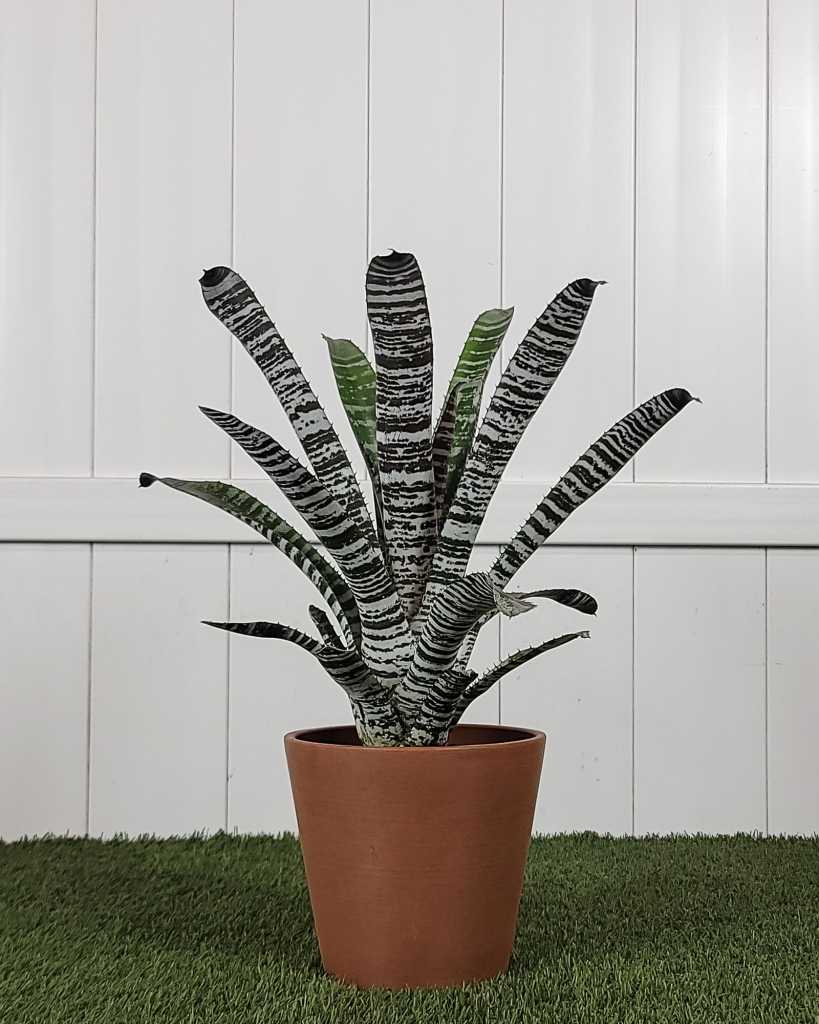
De Leon Bromeliad
Bromeliads
Bromeliads are a versatile and colourful family of plants native to Central America. A popular choice is the De Leon, which has a distinctive striped foliage and blooms bright, long-lasting flowers. Bromeliads are epiphytic, meaning they grow on trees in their natural habitat but adapt perfectly to life in pots. Their unique rosette structure allows them to hold water at their base, and they prefer bright, indirect light. However, they can tolerate lower light levels, making them suitable for various indoor locations.
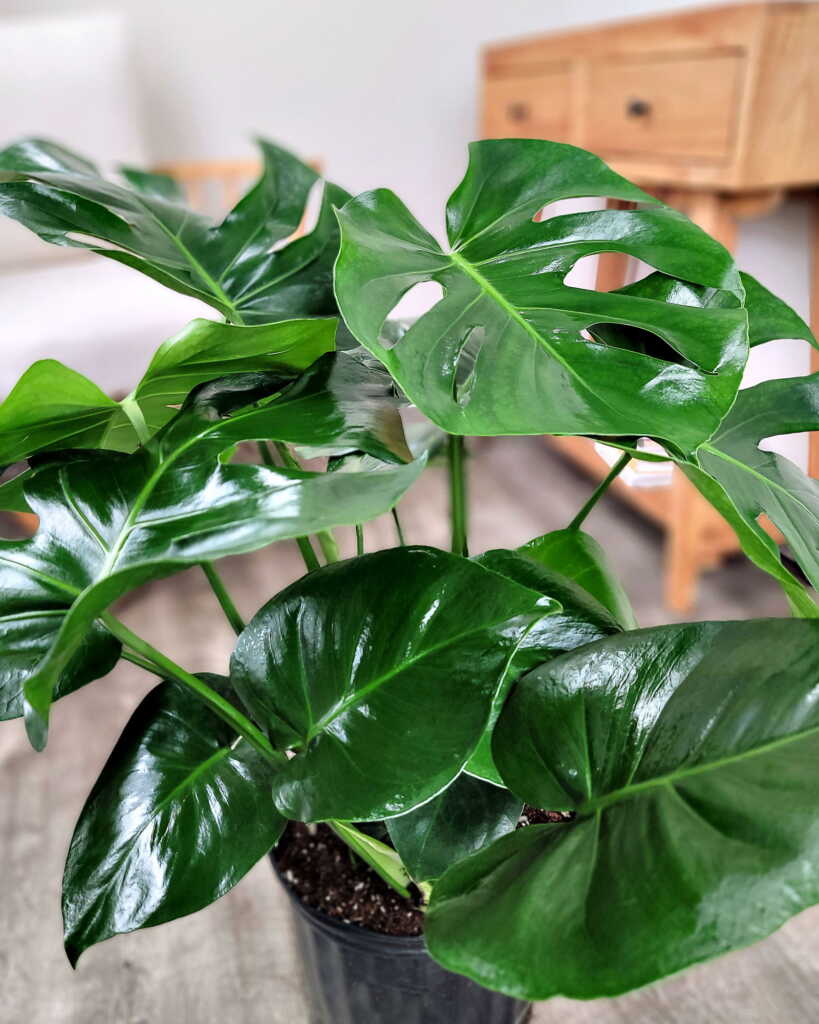
Monstera deliciosa
Monstera Deliciosa
A reigning favourite, the Monstera Deliciosa, is celebrated for its glossy, large leaves with distinct split patterns, hence the nickname “Swiss Cheese Plant”. While it’s not as exotic as some on this list, its Central American roots and incredible adaptability make it a must-have. This plant thrives in bright, indirect light and requires a well-draining potting mix. It’s crucial to allow the soil to dry out a bit between waterings.
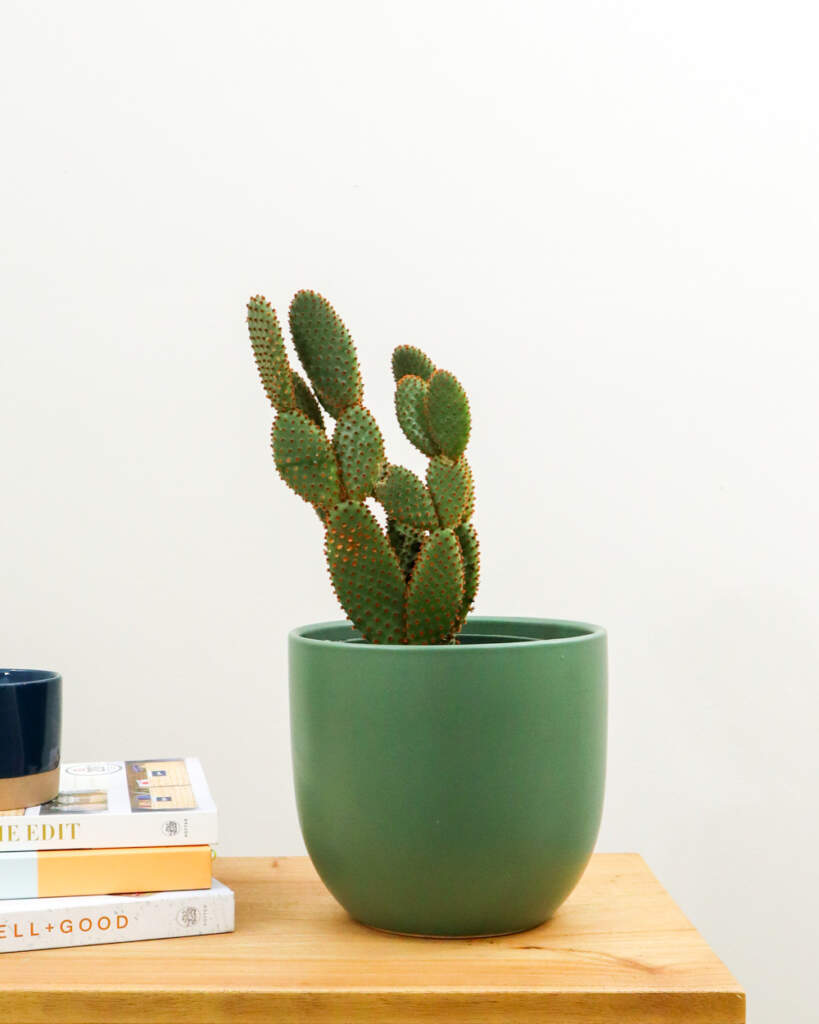
Red Bunny Ears Cactus
Opuntia
Opuntia, commonly known as the prickly pear cactus, has its roots in the arid regions of the Americas. It is most prolific in the Southwestern United States, Mexico, and the Central and South American regions, thriving in desert and semi-arid conditions. The Opuntia genus is ancient, with some fossil evidence dating back to over 30 million years ago. Indigenous cultures have long utilized Opuntia for food and medicinal purposes, showcasing its importance in human history and cultural significance.
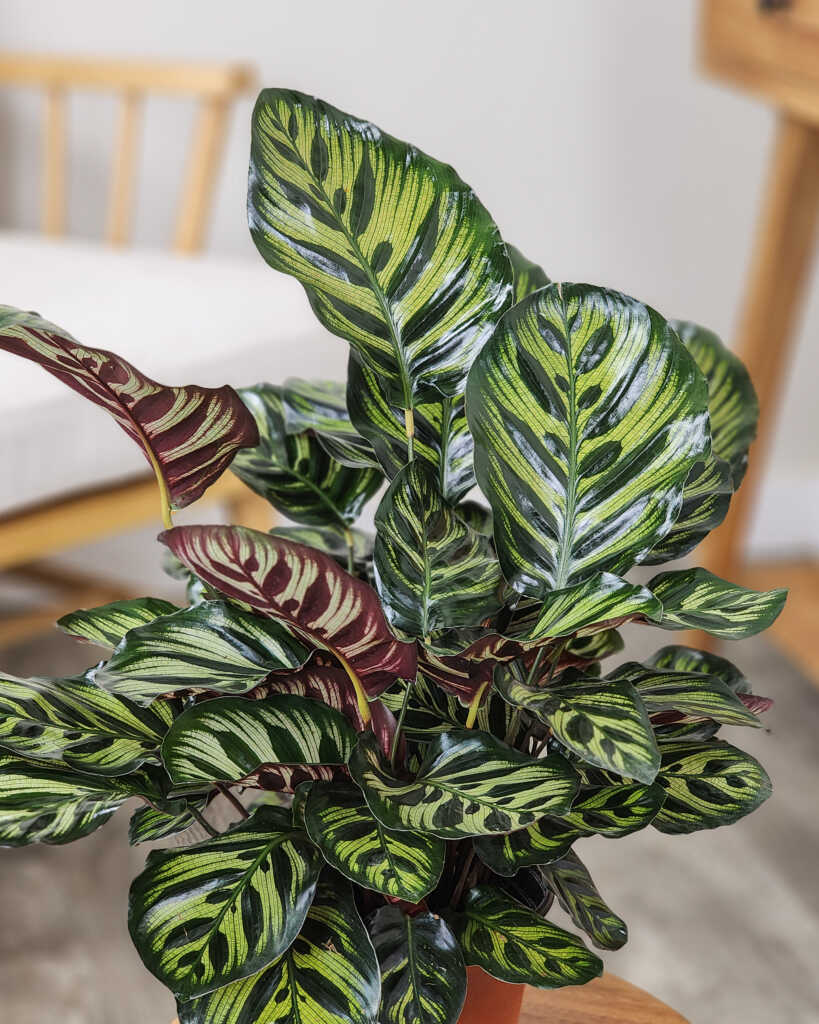
Peacock Calathea
Peacock Calathea
The Calathea family, or ‘Prayer Plants,’ showcases stunning foliage with intricate patterns and vibrant colour palettes. Native to the tropical Americas, they are called ‘Prayer Plants’ because of the nightly movement of their leaves, folding upwards like hands in prayer. Calathea prefers medium to bright indirect light and high humidity. A regular misting routine can help maintain the humidity levels.
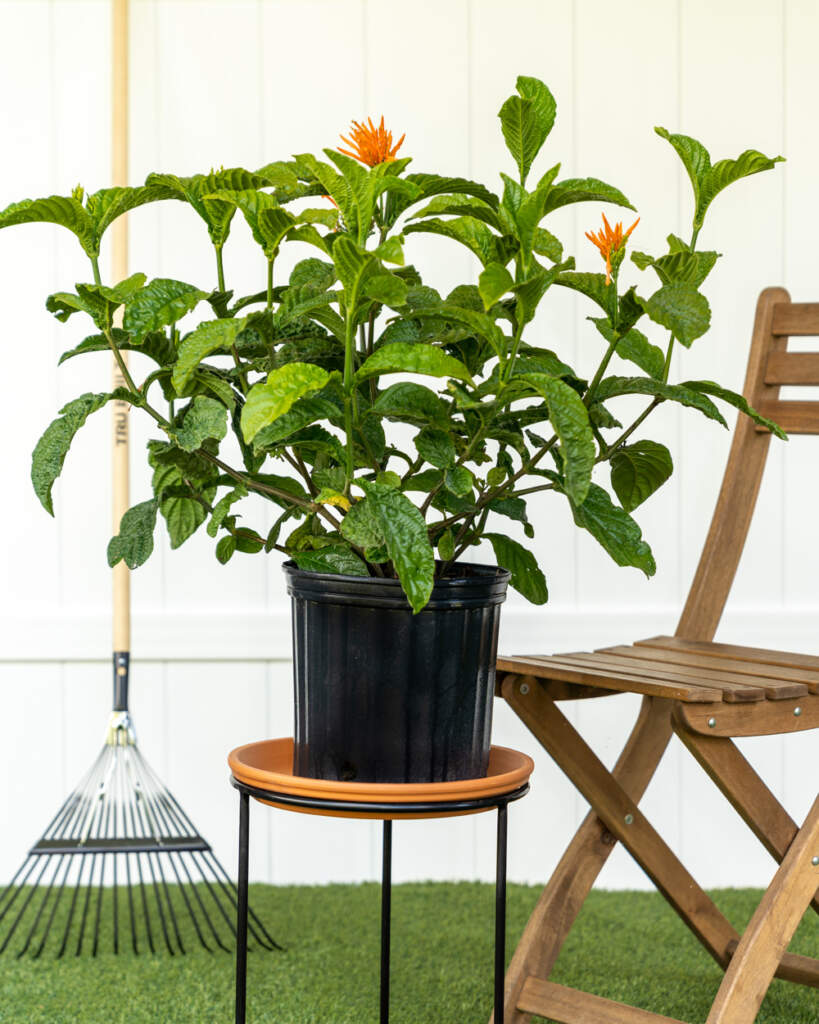
Mexican Honeysuckle
Mexican Honeysuckle
The Mexican Honeysuckle, or Justicia spicigera, is a vibrant, flowering plant native to the tropical regions of Mexico, Central America, and the Southwestern United States. The plant is valued for its clusters of tubular, bright orange flowers that attract hummingbirds and butterflies, hence the name. It thrives in warm climates with well-drained soil and is often used in landscapes for its continuous blooming and low-maintenance needs. Despite its common name, it is not a true honeysuckle and belongs to the Acanthus family.
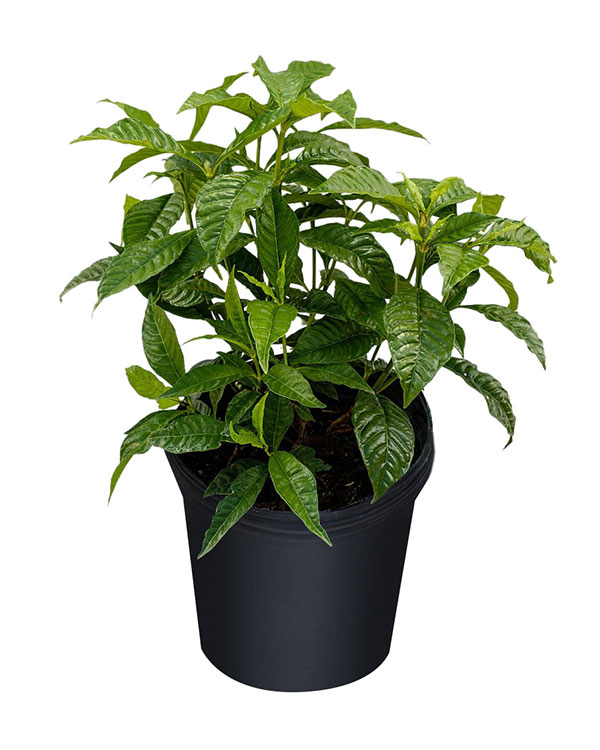
Wild Coffee Bush
Coffee Plant
Here’s a plant that won’t just bring greenery to your home but might even contribute to your morning routine. Coffea Arabica, the Coffee Plant, is an evergreen plant native to Central America. With enough light and care, it can produce coffee cherries indoors. Though it’s a slow-growing process, it’s a fun project for plant and coffee lovers. The Coffee Plant prefers bright, indirect light and regular watering, but make sure not to overwater it.
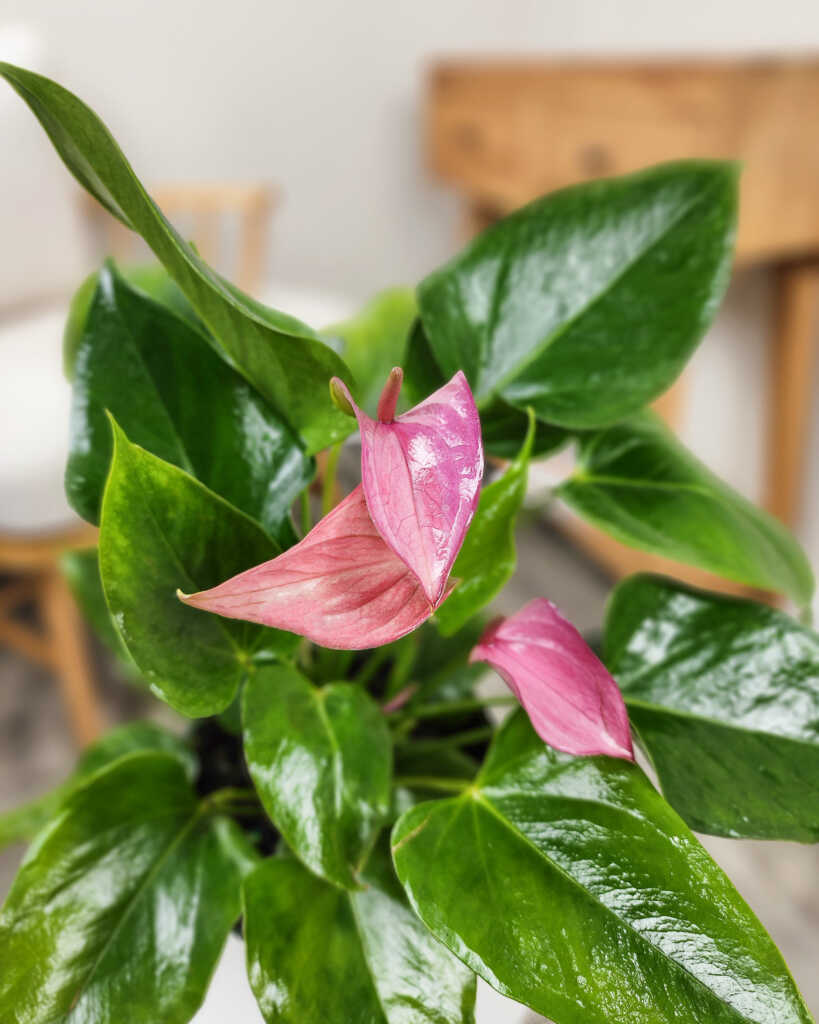
Pink Anthurium
Anthurium
Anthuriums, also known as ‘Flamingo Flowers,’ are another exotic species native to Central America. They produce heart-shaped, glossy leaves and vibrant, waxy flowers in shades of red, pink, and white. These beauties prefer a brightly lit spot (but not direct sunlight) and need to be watered when the top inch of soil has dried out.
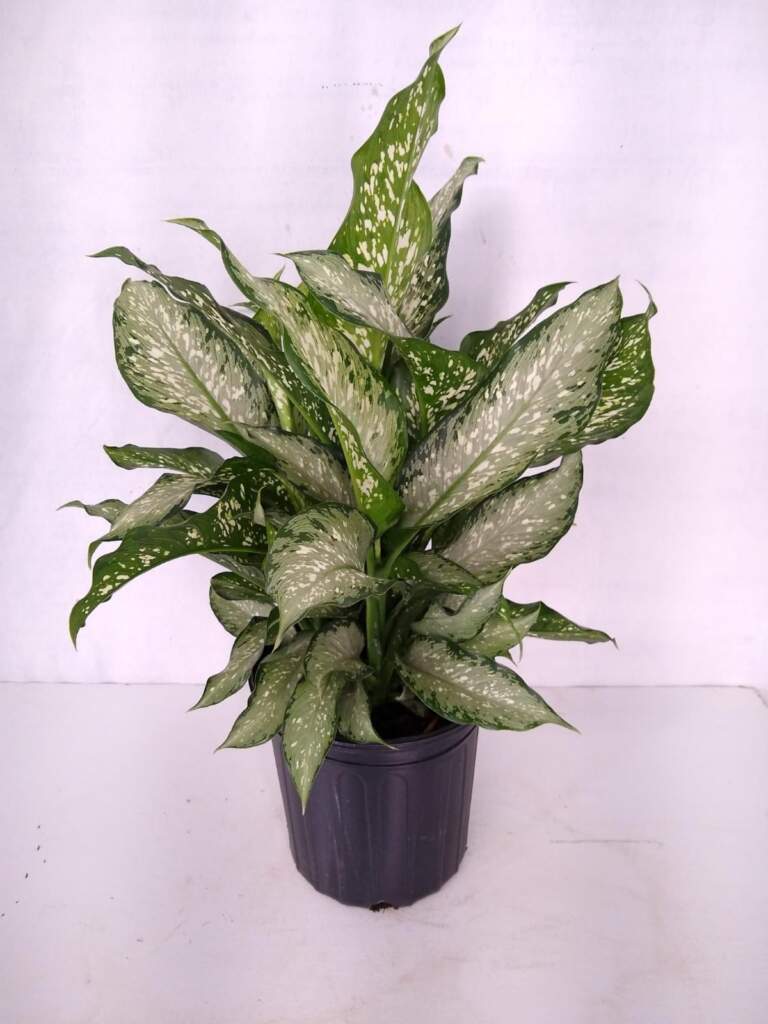
Dieffenbachia ‘Tiki’
Dieffenbachia
Dieffenbachia, commonly known as Dumb Cane, originated in the tropical rainforests of Central and South America. Named after Ernst Dieffenbach, a German botanist of the 19th century, this plant is well-known for its large, variegated leaves. Dieffenbachia became popular in Europe during the Victorian era as a decorative indoor plant and later spread to other parts of the world. It’s part of the Araceae family, which includes more than 120 species.
These Central American plants bring not just a slice of the tropics but also a sense of tranquillity to your home. Understanding each plant’s care preferences can help them thrive and provide you with a lush indoor green space that is uniquely yours.
And don’t forget, gardening, even indoors, is not just about the aesthetics. It’s also a hobby that encourages patience, care, and mindfulness. So, while you’re enjoying the verdant hues of your Central American houseplants, remember to also appreciate the journey of nurturing these exotic lives within your home.


